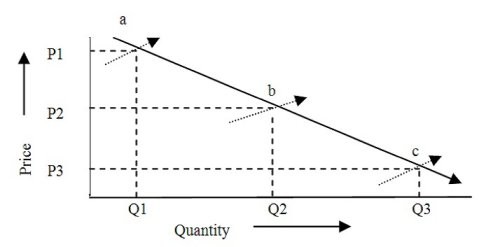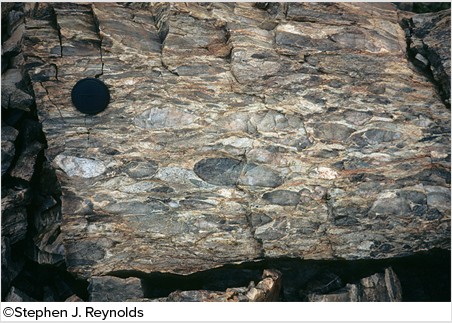What is the difference between primary and secondary volcanic hazards? What will be an ideal response?
Primary volcanic hazards are those related directly to the exit of magma from an erupting vent and the
distribution of volcanic materials across the surrounding countryside. These include hazards related to
lava flows, volcanic gases, ash and pumice falls, and PDCs. Secondary hazards are not from direct
discharge of material from a vent, but are from later effects of eruptions. These include tsunami, lahars
(volcanic debris flows), long-term volcanic degassing, and severe weather conditions
You might also like to view...
 The price/quantity intersection marked "a" in the graph represents a(an) ________ economy.
The price/quantity intersection marked "a" in the graph represents a(an) ________ economy.
A. Modern B. Elastic C. Frontier D. Developed E. Developing
Global population is projected to be about ________ in 2050
A) 10 billion B) 7 billion C) 9 billion D) 11 billion E) 8 billion
What type of deformation is shown in this photograph?
A. displacement B. rotation C. columnar joints D. internal strain of the rock
How does deforestation by fire or human activity contribute to mass wasting?
A) It allows the wind to blow across the slopes, imparting a stress that triggers landslides. B) It kills tree roots that help hold the slopes in place, allowing mass movement. C) It allows farming activity that exposes soil to erosion and mass wasting. D) It allows excess rainfall runoff to erode the landscape, triggering mass wasting.